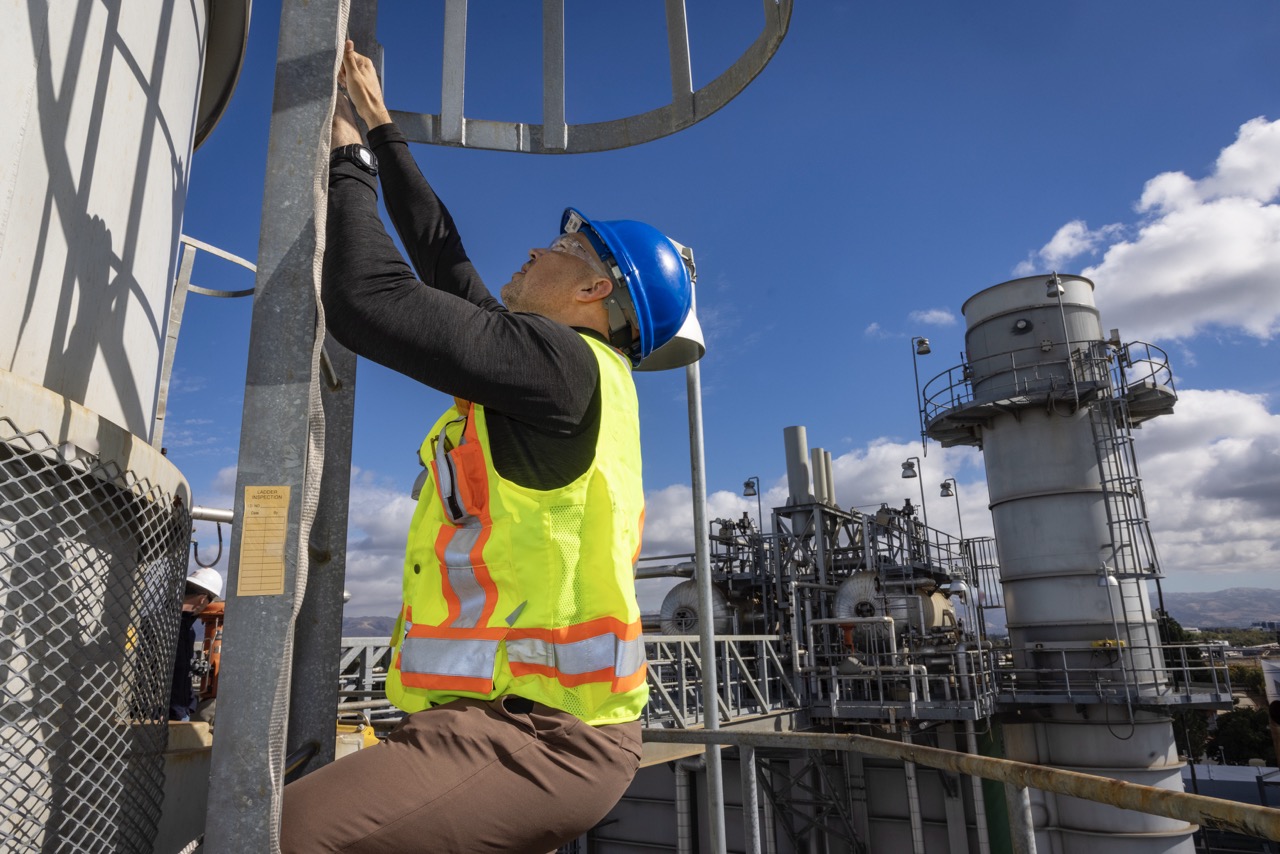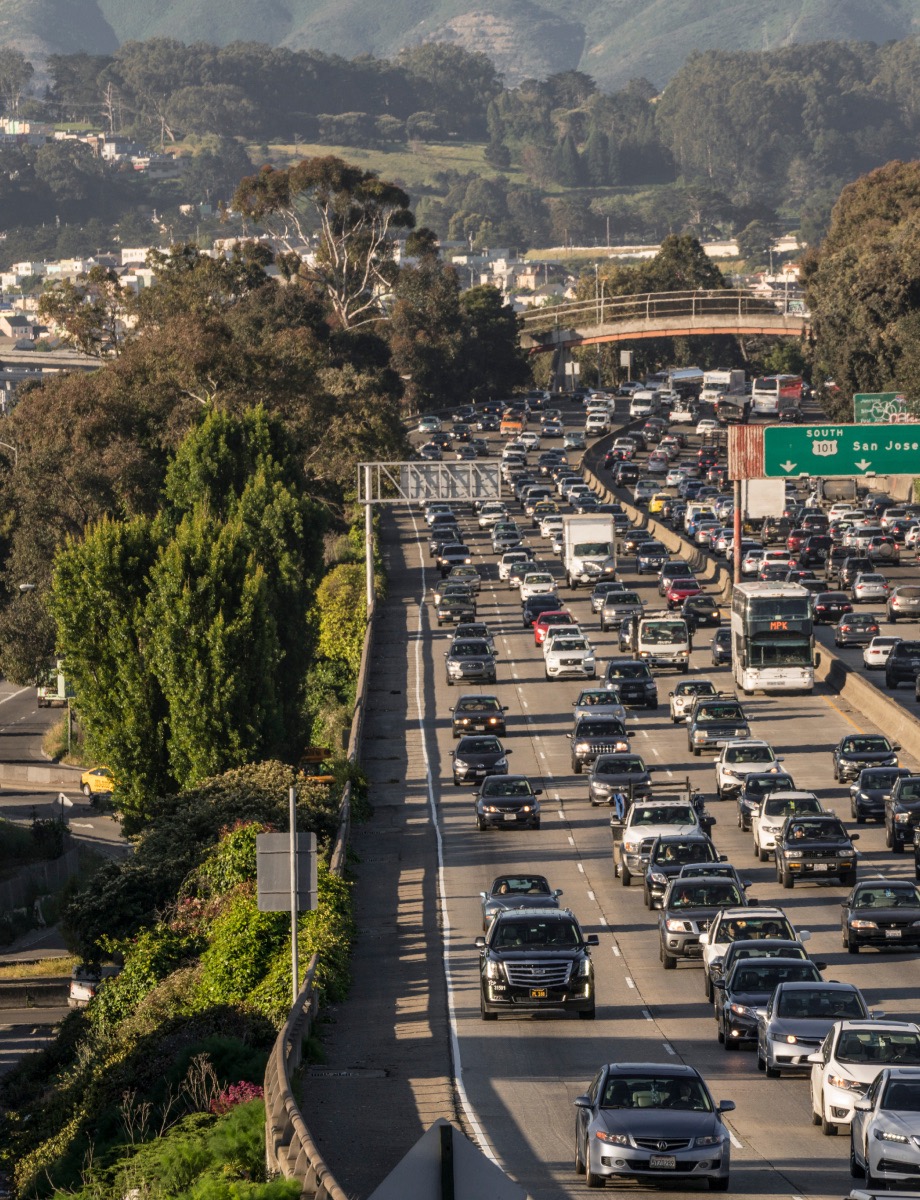

Notable Achievements
What are some new steps forward in our work?
Building Appliance Rule Amendments
Amendments to Regulation 9, Rules 4 and 6, were adopted to eliminate emissions of nitrogen oxides, or NOx, from residential and commercial natural gas furnaces and water heaters in the Bay Area by requiring new appliances to be zero-NOx. Collectively, the 1.8 million water heaters and furnaces are one of the largest NOx-emitting stationary sources of air pollution in the region. The rule amendments would apply only to new appliances sold in the Bay Area and will improve overall regional air quality from the outdoor venting of these appliances, lower exposure to particulate matter — particularly in communities of color — and eliminate up to $890 million per year in health impacts due to air pollution exposure.
We established a multi-stakeholder Implementation Working Group to track and assess market readiness, technology accessibility, and identify barriers and solutions to an equitable transition. The diverse stakeholders include utility and energy service providers, technology manufacturers, environmental justice and community-based organizations, state agencies, local and regional governments, incentive program administrators, labor unions, contractors, and others.

$890M
per year in health impacts due to air pollution exposure will be eliminated through these rule amendments
1.8M
water heaters and furnaces are one of the largest sources of NOx pollution in the Bay Area
Air Quality Violation Data Tool
In September, we launched a notices of violation data tool on our website that provides searchable information of all violations that our agency has issued within the past five years. Members of the public may now access information pertaining to violations and penalties issued by our inspectors. Violations can be sorted by city, zip code and facility name and penalty amount and downloaded for ease of review. This tool serves to better inform communities about enforcement activities and streamlines accessibility.
First-of-its-Kind Environmental Justice Guidance
We have included an environmental justice chapter – the first of its kind to be published in California – in its recently-updated CEQA Guidelines. This chapter recognizes the policy imperative to address long-standing and emerging inequities in the siting, design, and development of potential sources of pollution. Apart from mitigating the impacts of pollution, this guidance promotes meaningful participation of community members in all phases of the environmental and land use decision making process.

Methodology and Tools for CEQA Air Quality Assessment
We developed a methodology and modeling tools for assessing air quality and health impacts from exposure to toxic air contaminants and PM2.5 from individual projects. The step-by-step methodology and innovative modeling tools support lead agencies and practitioners in conducting cumulative impact analysis during the CEQA environmental review process, with visualization maps of screening-level cancer risks, chronic hazards, and PM2.5 concentrations from the Bay Area highways and surface streets, freight and passenger rail services, selected railyards, and permitted stationary sources.
